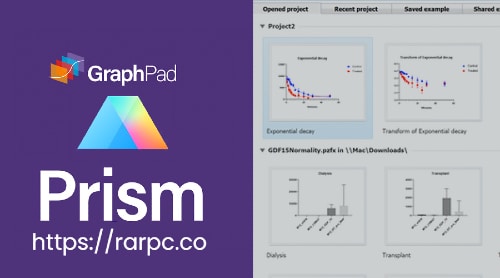
The percentage of ERα expressing cells increases at early stages of ductal hyperplasia (DH) and rises further with increasing atypia. Higher ERα expression levels are found in normal breast tissue of women from a population at high risk for breast cancer as compared with a population at relatively low risk for the disease (8). It has been suggested that development of at least some human breast cancers is associated either with increasing failure to down-regulate ERα as cells enter the cell cycle or to suppress division of ERα-positive cells (7). ERα expression in mammary epithelial cells is normally down-regulated following estrogen exposure (5, 6). In humans, deregulated expression of ERα in normal breast epithelium has been found in conjunction with breast cancer, leading to the concept that loss of the normal regulatory mechanisms that control expression levels of ERα in normal breast epithelium may confer an increased risk for the development of breast cancer (4).

Loss of functional ERα is associated with a reduction in mammary tumorigenesis in transgenic mice expressing different oncogenes in mammary epithelial cells (1, 2) and overexpression of ERα with an oncogene in transgenic mice is associated with an increased rate of mammary adenocarcinoma development (3).

The mandatory role of estrogen receptor α (ERα) during normal mammary gland development is illustrated using mice in which the ERα gene is disrupted (1).


 0 kommentar(er)
0 kommentar(er)
